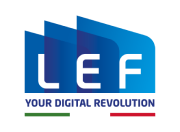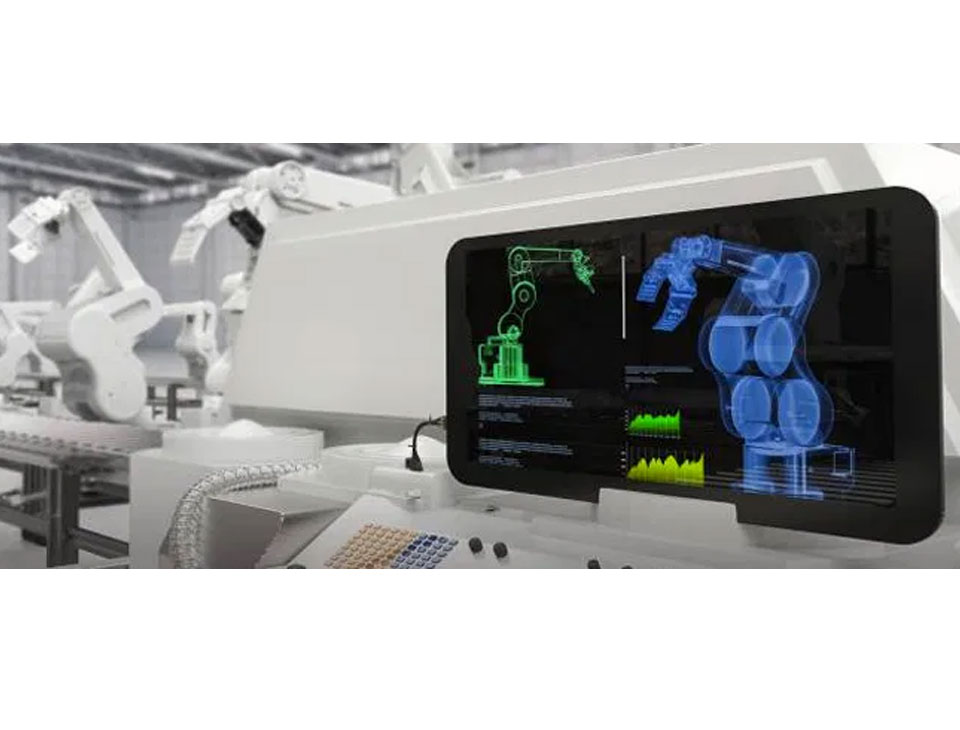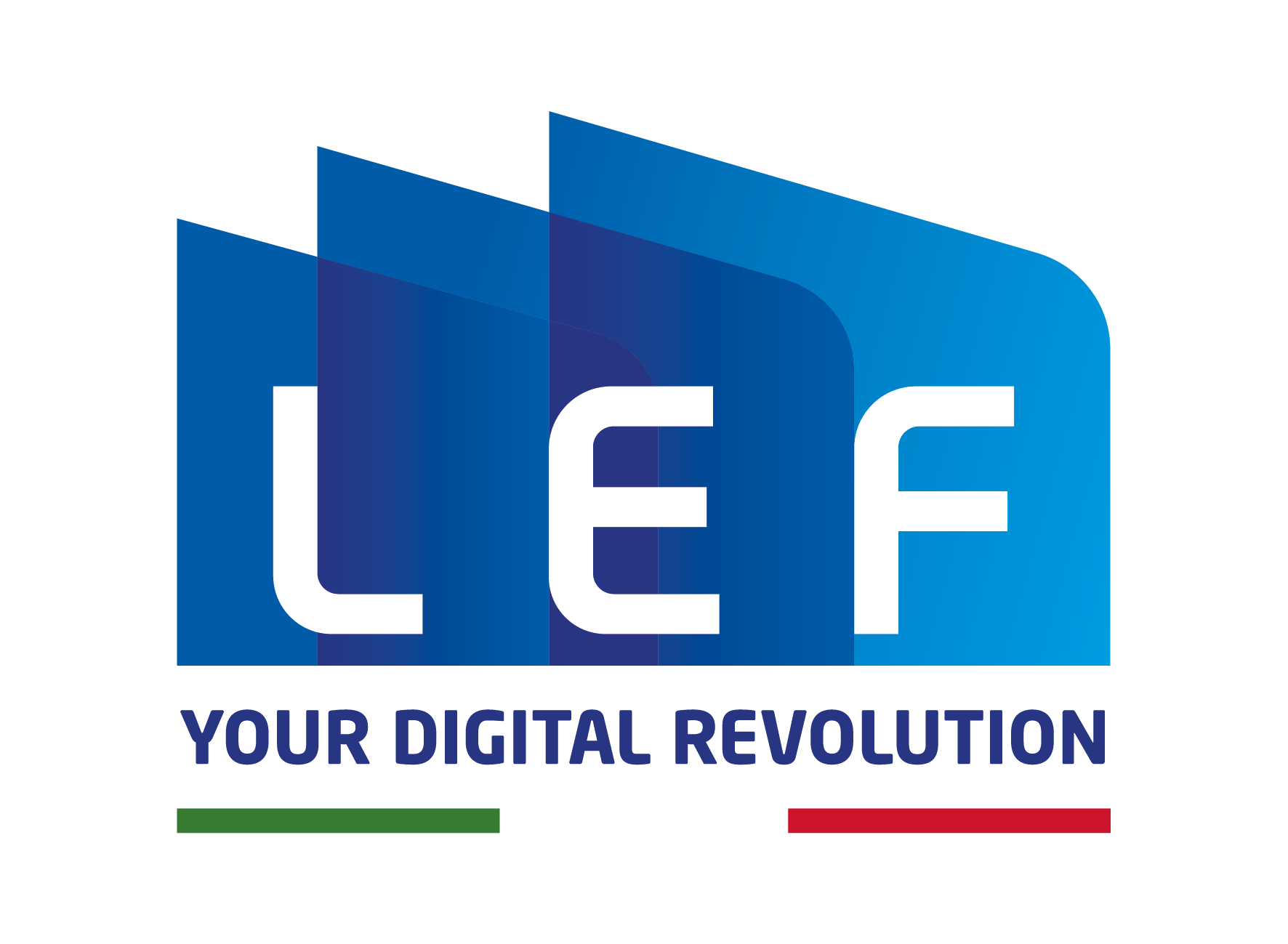To build and lead an agile organization, it’s crucial that senior leaders develop new mind-sets and capabilities to transform themselves, their teams, and the organization.
For many organizations, surviving and thriving in today’s environment depends on making a fundamental transformation to become more agile. Those making the transition successfully are achieving substantive performance and health improvements: enhanced growth, profitability, customer satisfaction, and employee engagement.
More than any other factor, the key to a successful agile transformation is for leaders, particularly senior leaders, to develop substantially new mind-sets and capabilities. This article summarizes our guide, Leading agile transformation: The new capabilities leaders need to build 21st-century organizations (PDF–765KB), to readying leaders for agile transformations.
The agile story
Before we dive deep, it’s useful to take a broader view of agile, and particularly what sets agile organizations apart from traditional ones.
Characteristics of traditional and agile organizations
Simply put, the dominant traditional organization model evolved primarily for stability in a well-known environment. It is based on the idea of an organization as a machine, with a static, siloed, structural hierarchy that operates through linear planning and control to execute one or very few business models.
Agile organizations, viewed as living systems, have evolved to thrive in an unpredictable, rapidly changing environment. These organizations are both stable and dynamic. They focus on customers, fluidly adapt to environmental changes, and are open, inclusive, and nonhierarchical; they evolve continually and embrace uncertainty and ambiguity. Such organizations, we believe, are far better equipped than traditional ones for the future.
While there are many different forms of enterprise agility, they share some common trademarks. We have identified and enumerated these in a related article, The five trademarks of agile organizations.
Leadership in agile organizations
This new kind of agile organization requires a fundamentally different kind of leadership. Recent research confirms that leadership and how leadership shapes culture are the biggest barriers to—and the biggest enablers of—successful agile transformations.
Organizations must therefore begin by both extending and transcending the competencies that made their leaders successful in the past. Leaders need three new sets of capabilities for agile transformations. First, they must transform themselves to evolve new personal mind-sets and behaviors. Second, they need to transform their teams to work in new ways. Third, it’s essential to build the capabilities to transform the organization by building agility into the design and culture of the whole enterprise.
Transforming yourself
To fully transform yourself, several shifts will be necessary—and leaders will need to make these changes in a disciplined way.
Shifting from reactive to creative mind-sets
Changing our mind-set—or adjusting it to the new context—is no easy task, but developing this “inner agility” is essential in releasing our potential to lead an agile transformation.
Reactive, or socialized, mind-sets are an outside-in way of experiencing the world based on reacting to circumstances and other people. Creative, or self-authoring, mind-sets are an inside-out way of experiencing the world based on creating our reality through tapping into our authentic selves, our core passion and purpose.
Research shows that most adults spend most time “in the reactive,” particularly when challenged, and as a result, traditional organizations are designed to run on the reactive. To build and lead agile organizations, however, leaders must make a personal shift to run primarily “in the creative.”
There are three fundamental reactive-to-creative mind-set shifts we have found critical to foster the culture of innovation, collaboration, and value creation at the heart of agile organizations:
- From certainty to discovery: fostering innovation. A reactive mind-set of certainty is about playing not to lose, being in control, and replicating the past. Today, leaders need to shift to a creative mind-set of discovery, which is about playing to win, seeking diversity of thought, fostering creative collision, embracing risk, and experimenting.
- From authority to partnership: fostering collaboration. Traditional organization design tends towards siloed hierarchies based on a reactive mind-set of authority. The relationship between leaders and teams is one of superior to subordinate. Designed for collaboration, agile organizations employ networks of autonomous teams. This requires an underlying creative mind-set of partnership, of managing by agreement based on freedom, trust, and accountability.
- From scarcity to abundance: fostering value creation. In stable markets, companies maximize their shares at the expense of others. This win–lose approach reflects a reactive mind-set of scarcity, based on an assumption of limited opportunities and resources. Today’s markets, however, evolve continually and rapidly. To deliver results, leaders must view markets with a creative mind-set of abundance, which recognizes the unlimited resources and potential available to their organizations and enables customer-centricity, entrepreneurship, inclusion, and cocreation.
A disciplined approach
While these mind-set shifts might be new and require a significant “letting go” of old beliefs and paradigms, collectively, they form a very disciplined approach to leadership. And because of inherent autonomy and freedom, leadership in agile organizations comes from a self-disciplined approach—leading not in fear of punishment or sanction but in service of purpose and passion.
Transforming your teams
Next, it’s important to learn how to help teams work in new and more effective ways.
Help teams work in agile ways
How might leaders help teams work in new and more agile ways? And what does this new way of working require of leaders? There are three essential leadership requirements that follow from all agile ways of working.
First, leaders must learn to build teams that are small, diverse, empowered, and connected. Second, leaders must allow and encourage agile teams to work in rapid cycles to enable them to deliver greater value more efficiently and more quickly. Third, leaders must keep agile teams focused on the external or internal customer and on creating value for customers, by understanding and addressing their unmet, and potentially even unrecognized, needs.
Embrace design thinking and business-model innovation
We have found that in addition to being able to lead in this new agile way of working, it is important for leaders to understand the key elements of two other relatively new disciplines: design thinking and business-model innovation.
Originating in industrial and other forms of design, design thinking is a powerful approach to developing innovative customer solutions, business models, and other types of systems. This begins with understanding the entire customer experience at each stage of the customer journey.
In organizations that are agile, each team is viewed as a value-creating unit, or as a “business.” These teams pursue business-model innovation at every opportunity, seeking new ways to meet the needs of their internal or external customers and deliver more value to employees, investors, partners, and other stakeholders.
Transforming your organization
Here, leaders must learn how to cocreate an agile organization purpose, design, and culture.
Purpose: Find the north star
The first distinctive organization-level skill leaders need to develop is the ability to distill a clear, shared, and compelling purpose—a north star—for their organization. Rather than the traditional executive-team exercise, in agile organizations, leaders must learn to sense and draw out the organization’s purpose in conversation with people across the enterprise.
Design: Apply the principles and practices of agile organization design
The second organization-level skill leaders need to develop is the ability to design the strategy and operating model of the organization based on agile-organization principles and practices. Most senior leaders of traditional companies have a well-honed skill set in this area that reflects traditional organization design as a relatively concentrated, static system: one or a very limited number of major businesses, each with a long-established business model, typically coexisting somewhat uneasily with a set of corporate functions.
To design and build an agile organization, leaders need a different set of skills based on a different understanding of organizations. They must learn to design their organization as a distributed, continually evolving system. Such an organization comprises a network of smaller empowered units, with fewer layers, greater transparency, and leaner governance than a traditional model. More specifically, leaders must learn how to disaggregate existing large businesses into a more granular portfolio; transform corporate functions into a lean, enabling backbone; and attract a wide range of partners into a powerful ecosystem.
Culture: Shape an agile organizational culture
The third organization-level skill leaders need to develop is the ability to shape a new culture across the organization, based on the creative mind-sets of discovery, partnership, and abundance and their associated behaviors.
Given the openness and freedom people experience in an agile organization, culture arguably plays an even more important role here than in traditional organizations. To shape this culture, leaders must learn how to undertake a multifaceted culture-transformation effort that centers on their own capabilities and behaviors. This includes the following steps:
- role modeling new mind-sets and behaviors authentically
- fostering understanding and conviction in a highly interactive way, through sharing stories and being inspired by the energy and ideas of frontline teams
- building new mind-sets and capabilities across the organization, including among those who do not formally manage people, and weaving learning into the fabric of daily activity to become true learning organizations
- implementing reinforcement mechanisms in the agile organization design
An agile approach to developing leaders
Many organizations start their agile pilots in discrete pockets. Initially, at least, they can build agile-leadership capabilities there. But to scale agility through an organization successfully, top leaders must embrace its precepts and be willing to enhance their own capabilities significantly. Eventually, a full agile transformation will need to encompass building the mind-sets and capabilities of the entire senior leadership across the enterprise. To do this in an agile way, five elements are essential:
- Build a cadre of enterprise agility coaches, a new kind of deeply experienced expert able to help leaders navigate the journey, supported by a leadership-transformation team.
- Get the top team engaged in developing its own capabilities early on, as all senior leaders will take their cue from the executive team.
- Create an immersive leadership experience (anything from a concentrated effort over three or four days to a learning journey over several months) to introduce the new mind-sets and capabilities, and roll it out to all senior leaders.
- Invite leaders to apply their learning in practice, both in agile-transformation initiatives already under way and through launching new organizational experiments.
- Roll out the leadership capability building at an agile tempo, with quarterly pauses to review the leadership experiences, experiments, and culture shifts over the past 90 days, and then finalize plans and priorities for the next 90 days.
Agile transformation is a high priority for an increasing number of organizations. More than any other factor, the key enabler to a successful agile transformation is to help leaders, particularly senior leaders, develop new mind-sets and capabilities. Doing so in an agile way will enable the organization to move faster, drive innovation, and both adapt to and shape its changing environment.
About the author(s)
Aaron De Smet is a senior partner in McKinsey’s Houston office, Michael Lurie is a senior expert in the Southern California office, and Andrew St George is an adviser to the firm and associate fellow of Said Business School, Oxford University.
The authors wish to thank Wouter Aghina, Karin Ahlback, Andre Andreazzi, Christopher Handscomb, Johanne Lavoie, and Christopher Paquette for their contributions to this article.

















